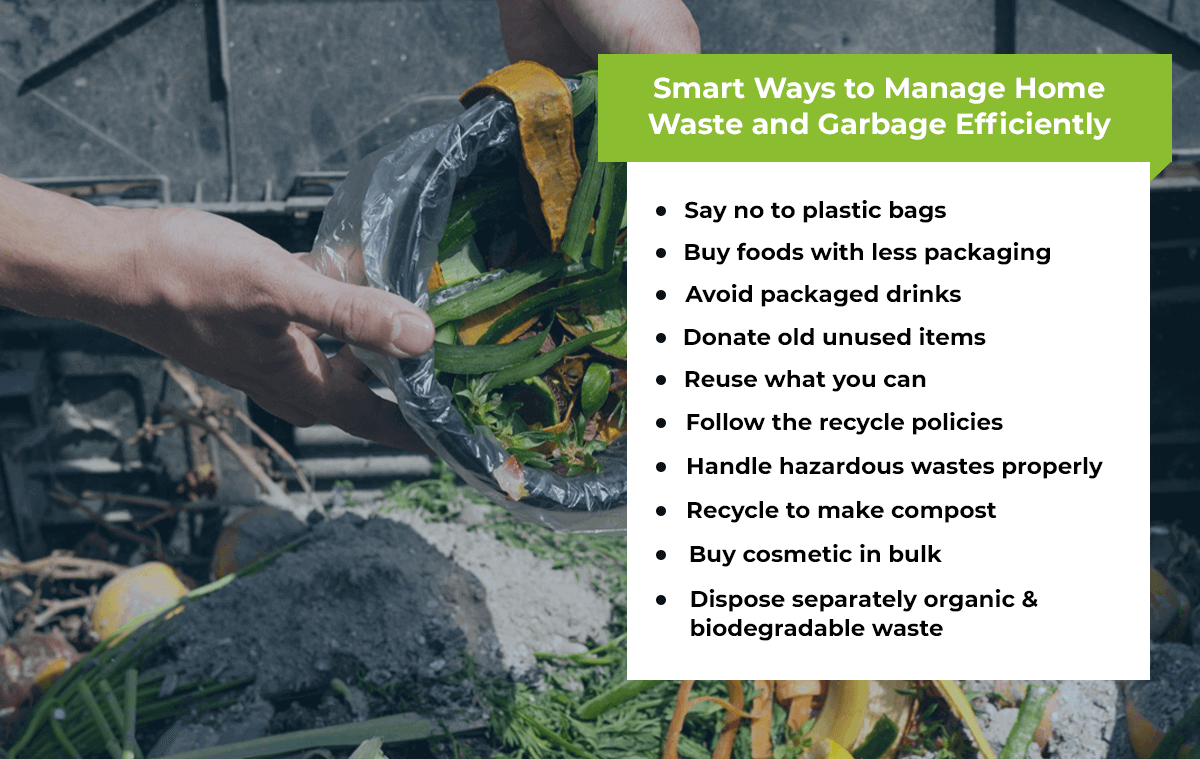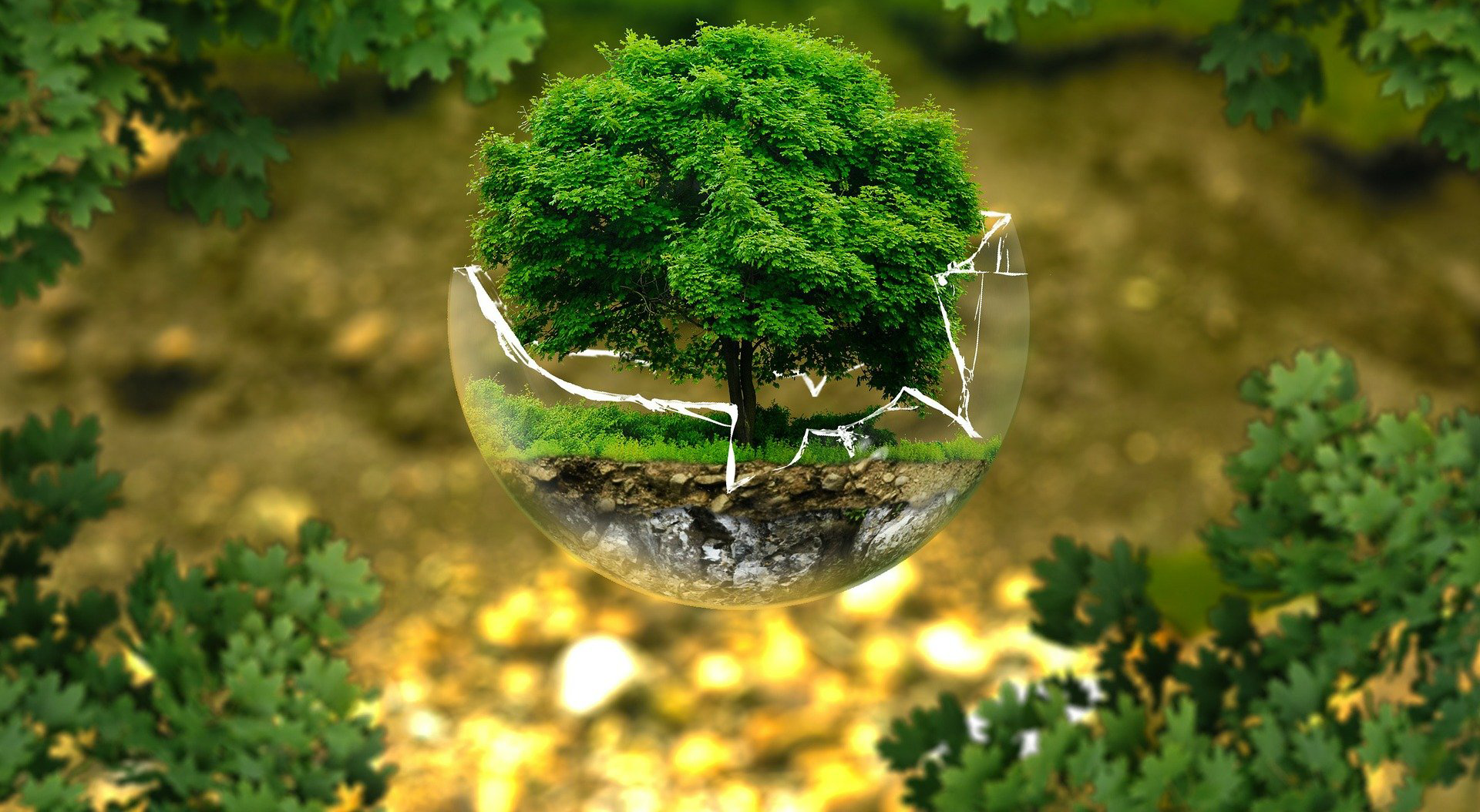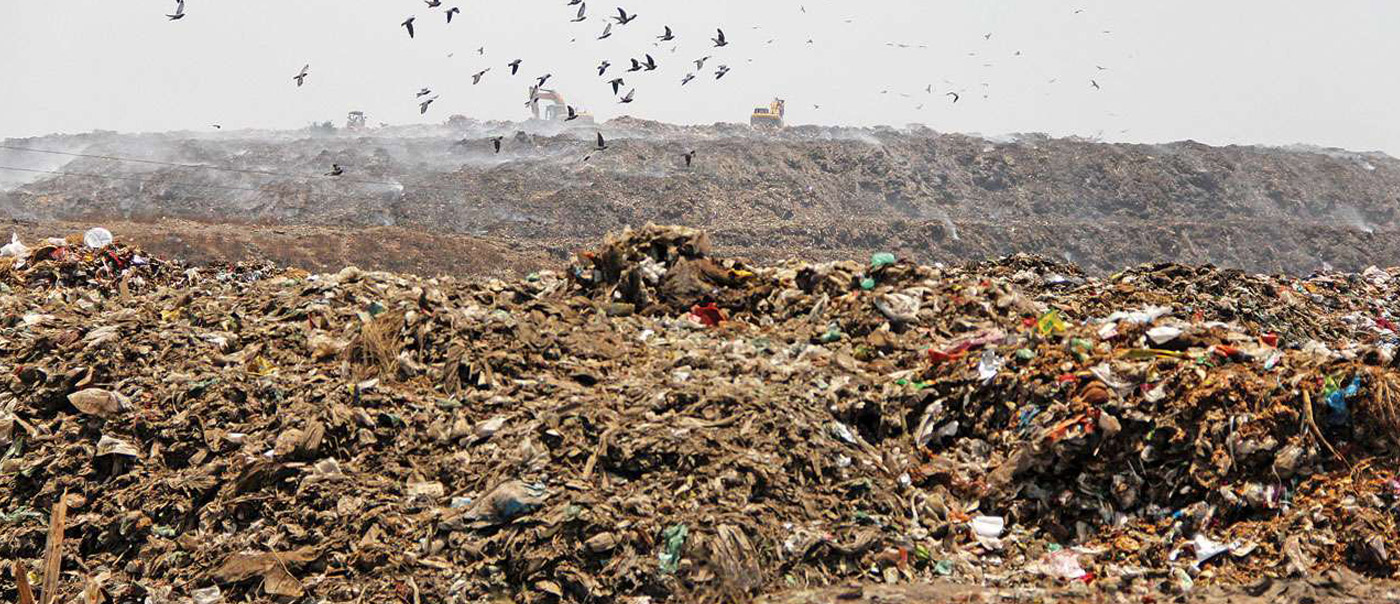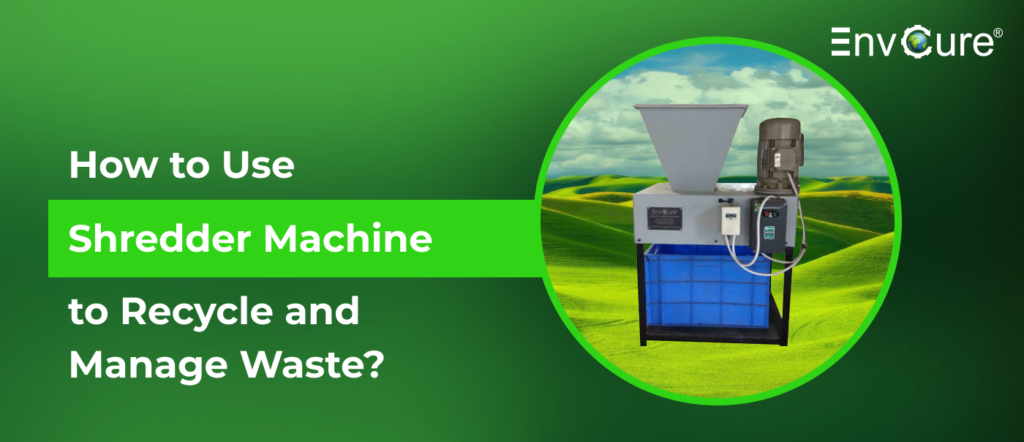Anyone who resides in Ahmedabad most probably has witnessed the infamous Mount Pirana. Situated on the outskirts of the city, this literal mountain of garbage is a case study in itself when it comes to exploring the pitfalls of inefficient waste management.
Here are some astounding facts around Mount Pirana (as of 2017):
- Spreading over an area of 84 hectares
- The city’s most major dumping yard since 1982.
- Ahmedabad Municipal Corporation collects nearly 4700 metric tonnes of solid waste every single day.
- As of 2017, there were 75-feet-high mountains of garbage, with each weighing nearly 7 million metric tonnes.
This mountain of garbage, because of a lack of segregation among biodegradable and non-biodegradable often results in fires and fumes that are toxic and cause significant health hazards for waste management professionals of the city as well as the communities that live in close proximity to the mountain.
Over the years, the administration has taken cognizance of this growing problem and has taken a variety of steps to slow it down, with the eventual objective of clearing the land-fill site.
- At present, 39 trommel machines are processing about 15,000 MT of garbage daily.
- In nearly 20 months the AMC was able to process and remove 33 lakh MT of garbage
- Further, the government is also carrying out pilot projects to use construction waste and plastic waste to integrate them in road construction.
- Moreover, the government is also spreading awareness around the segregation of dry waste and wet waste as it helps cleanliness workers to better manage the waste from a ground level.
You May Also Like: Case Study – Pirana Landfill, Ahmedabad, India by Global Methane
What can common citizens do?
While the government and administration are trying to deal with this massive problem as zealously as possible, there is also a need for common citizens such as ourselves to contribute to the solution rather than the problem.
So here’s what we can do, together, to better manage waste in our beloved city and make Mount Pirana a thing of the past!
- Better Management of Organic Waste
- Firstly, let us better understand the problem of organic and biodegradable waste:
- Such waste can lead to contamination of soil as well as freshwater sources.
- Manual management of organic waste can cause health problems because of the presence of harmful microorganisms.
- Biodegradable waste covers approximately 47.4 % of the total municipal waste generated in India.
- What Can we do?
- Disposing of it separately in government-mandated waste handling pieces of equipment.
- Using composters that can not only process the waste but also lead to organic compost that can be useful for home gardeners and commercial centers that generate large scale of organic waste. We, at EnvCure, have developed one such manual Green Converter that converts organic waste to compost. It is completely manual and utilizes no electricity. We also offer an automatic version that can process larger amounts of waste for bigger organizations. Here’s a glimpse into our product:
- Generates completely organic alternatives to fertilizers and pesticides.
- It offers noise-less, odorless and hassle-free compost generation.
- Its body is rust-resistant, giving the product longevity.
- Reduces the release of greenhouse gases in the atmosphere.
- Reduces overuse of land-fills for waste management.
- Saves significant time and cost for waste management authorities.
- Zero Manpower Involved.
- Within 24 hours, the composter is capable of reducing nearly 90% volume of organic waste deposited.
- Firstly, let us better understand the problem of organic and biodegradable waste:

- Better Managing Plastic Waste:
- Plastic, as we all know, is one of the key contributors to our environmental problems. It is non-biodegradable and takes a long time to decompose, making land-fills unusable. One major problem that we have witnessed in recent times is the extreme usage of water bottles. While it is difficult to eliminate their use completely, it is imperative to explore mechanisms that allow better waste management.
- Here are some problems generated by PET Bottles.
- They are not recyclable. Further, small plastic bottles are often reusable as well.
- They take up a lot of space in waste landfills.
- They disturb aquatic life.
- Can be consumed by animals, leading to health hazards for them.
- One such solution that we have identified is developing an innovative PET Bottle Shredder that helps manage plastic waste better. Here are a few salient features of the machine:
- It is ideal for public places such as railway stations, airports, corporate headquarters, public gardens, and recreational parks to name a few.
- The pet bottling shredding machine has a compact size that can fit easily.
- It makes it much simpler to manage and transport the waste generated by plastic bottles.
- This product also enhances the reusability of plastic bottles as new-age technologies make use of plastic and other such materials in road construction and other uses.
While these are just some of the problems we have highlighted, it is our collective responsibility to do better for our city and participate in more sustainable and healthy waste management techniques.
While the administration can draft policies, they will only work if we follow them diligently. At EnvCure, we envision a Swacch Amdavad for a Swacch Bharat. Let us work together to fulfill our dream!
Frequently Asked Questions:
Q1: What is the current status of Ahmedabad mount pirana?
A: The solid waste department has been able to reclaim 24% of Pirana dump yard land by freeing it from the garbage.
Q2: What are examples of organic waste?
A: Examples of organic waste include green waste, food waste, food-soiled paper, non-hazardous wood waste, green waste, and landscape, and pruning waste.
Q3: How is the organic waste disposed?
A: Organic wastes are often disposed of with other wastes in landfills or incinerators, but since they are biodegradable, some organic wastes are suitable for composting and land application.






